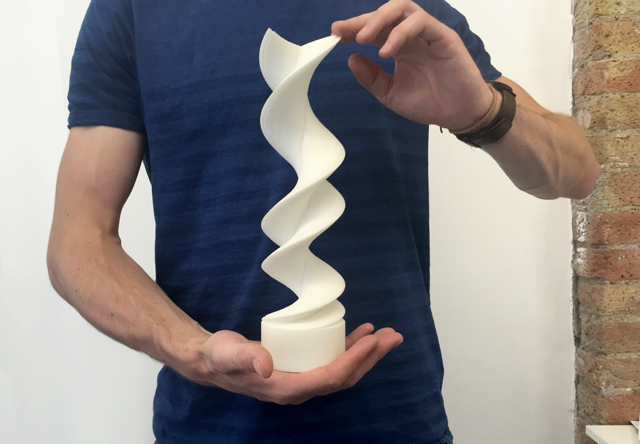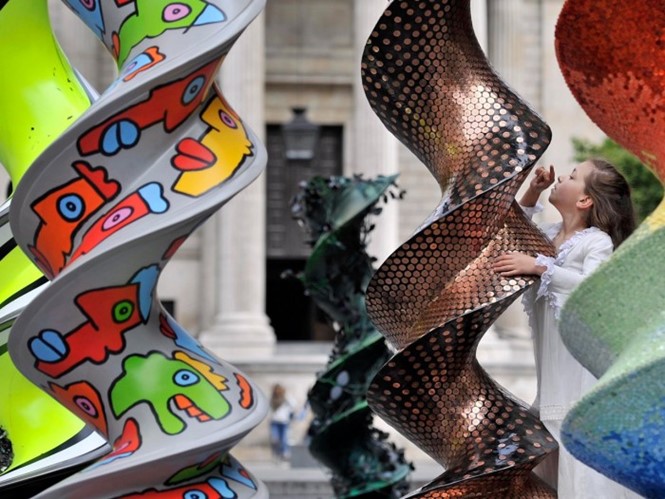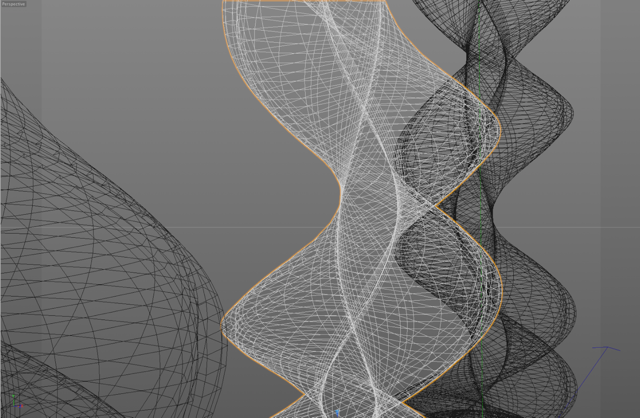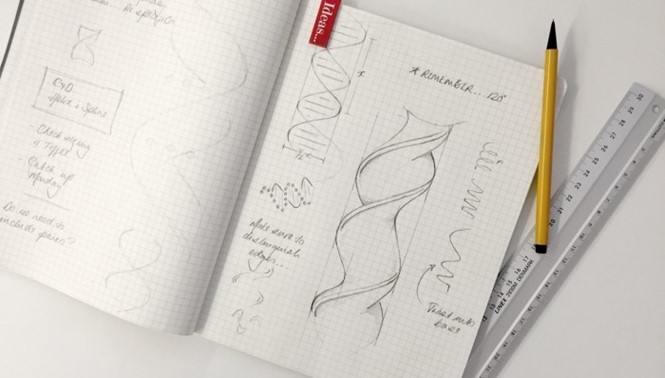Literal brand DNA appears across London
What does sculpture, science and genetic material have in common? Cancer Research UK’s (CRUK) upcoming launch of the Francis Crick Institute will include an art trail across London featuring custom-made sculptures of DNA.
The Crick Institute is set to be CRUK’s new research home in the heart of London. The King’s Cross site is the physical embodiment of the charity’s focus on scientific research and its commitment to beating 75% of cancers by 2035. As part of the brand awareness campaign around the new centre lies the DNA sculptures.
London-based brand consultancy SomeOne commissioned international leading artists (including the likes of Ai WeiWei and Orla Kiely) to respond visually to the question, “What’s in your DNA?” The unique sculptures will be auctioned off at the end of the summer to raise funds for the Crick Institute. SomeOne designed the basic design for the 21 DNA sculptures.
Executive creative director at SomeOne, Simon Manchipp, says, “Francis Crick was an astonishing scientist, and is best known for his work with James Watson which led to the discovery of DNA in 1953. When working to develop a series of sculptures to be customised by some of the world’s leading creatives we considered many different kinds of form, but we kept on coming back to the DNA spiral. The outcome is accurately based on the DNA structure, in fact we ‘clothed’ the molecular construction to develop larger surface areas that would be more adept at taking on the artists’ ideas.”
CRUK is not the first organisation to use the London art trail concept to promote its brand. Past campaigns include Shaun the Sheep, Paddington Bear, the National Literacy Trust and others. For Cancer Research UK, the DNA branding will also appear in promotional materials and fundraising communications.
Five other partners – the Wellcome Trust, the Medical Research Council and three universities – have contributed to the development of the Crick Institute. CRUK is the only partner raising its £100m philanthropically, thus the DNA campaign plays an essential role in the creation of the new centre.






